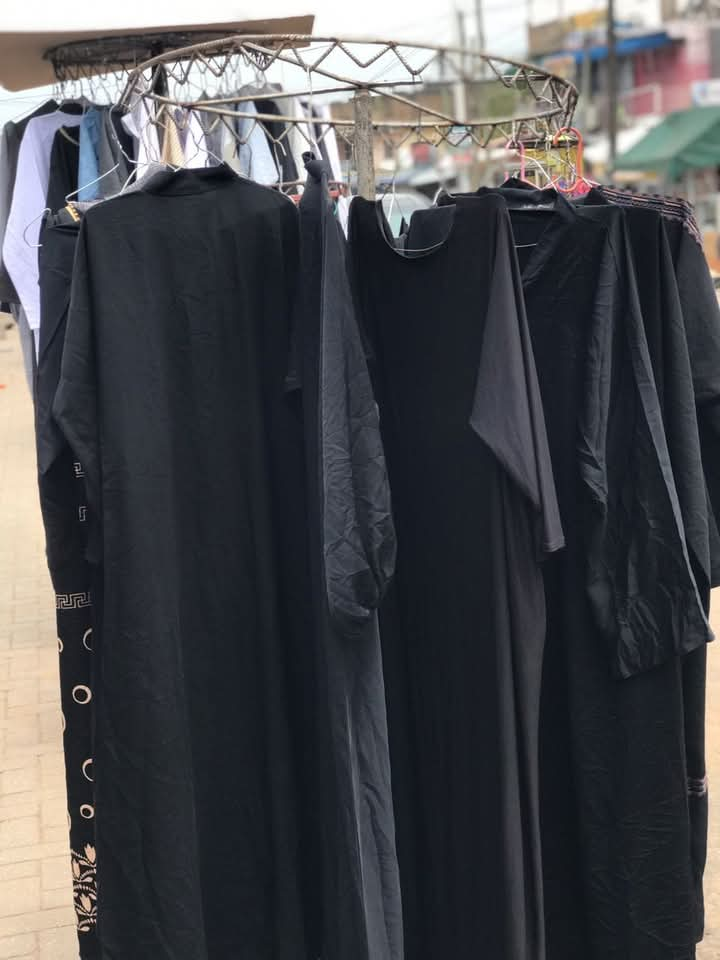Accra, March 29, GNA – Muslims in Ghana preparing for the Eid-ul-Fitr celebrations have expressed strong dissatisfaction over the significant surge in the prices of Abaya and Jalbab, traditional garments widely worn for the festive occasion.
In exclusive interviews with the Ghana News Agency, several celebrants voiced their concerns about the escalating cost of these essential Eid outfits, making it difficult for many to afford new attire for the significant religious holiday marking the end of Ramadan.
Madam Fatima Ali, a resident of Nima, lamented the steep increase in the prices of Abayas.
“Last year, I bought an Abaya for 400 cedis, but this year the same abaya is selling at 800 cedis. It is becoming hard for some of us to buy new clothes for ourselves and relatives for the Eid festivities,” she said.
She told the GNA that similar Abayas with the same features were being sold at lower prices in Togo and Nigeria.
She reiterated that, “Why do we do this to ourselves? We are all Muslims, but the way we cheat one another when it comes to trade and pricing is not fair.”
Another celebrant, Musah Safian, also shared similar sentiments but highlighted the cultural significance of new garments for Eid.
“Wearing new clothes on Eid is a cherished tradition.
It symbolises renewal and joy after the period of fasting. However, the current prices are simply exorbitant and will prevent many from fulfilling this tradition,” he said.

According to Sheikh Yunus Adam, an Islamic Scholar, wearing new garments for Eid festivities is not compulsory but highly recommended and encouraged.
He also advised Muslims to adhere to Prophet Mohammed’s ways of modesty and shun opulence and extravagance.
“If you think you cannot afford the Abaya, then wear your old dress. Just get it ironed and clean for the day,” he said.
Market surveys conducted by the Ghana News Agency in various markets of Accra, including Nima, Makola, and Tudu, confirm a substantial increase in the prices of Abayas and Jalbabs.
The price range for a decent quality Abaya now starts from GHS 600 and can go up to GHS 5,000 or more depending on the fabric, design, and embellishments.
Similarly, the price of Jalbabs has seen a considerable increase, ranging from GHS 300 to GHS 3,000 and above.
Traders attribute the hike in prices to the Cedi’s depreciation, high import duties, and transportation costs.
GNA
SOF